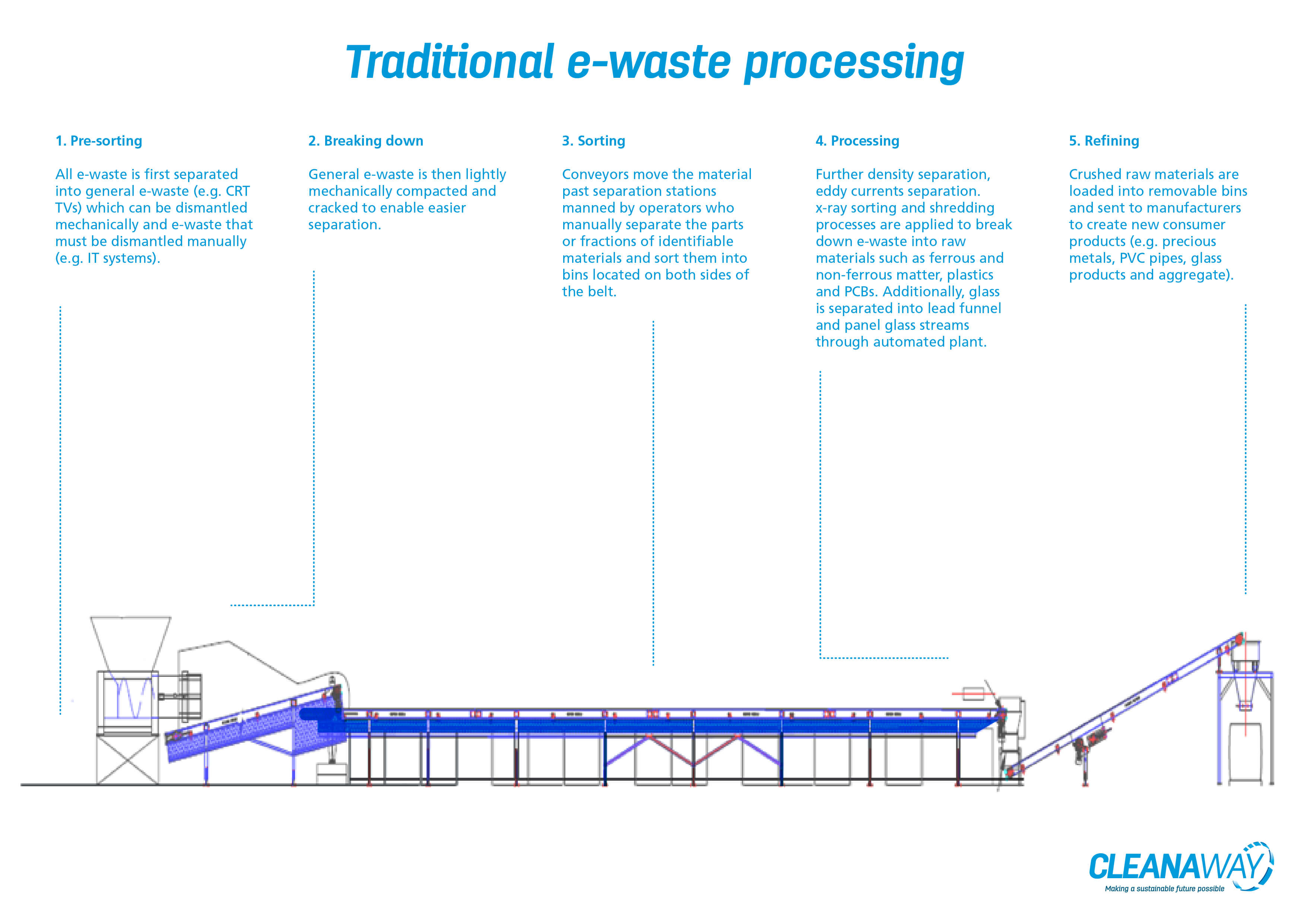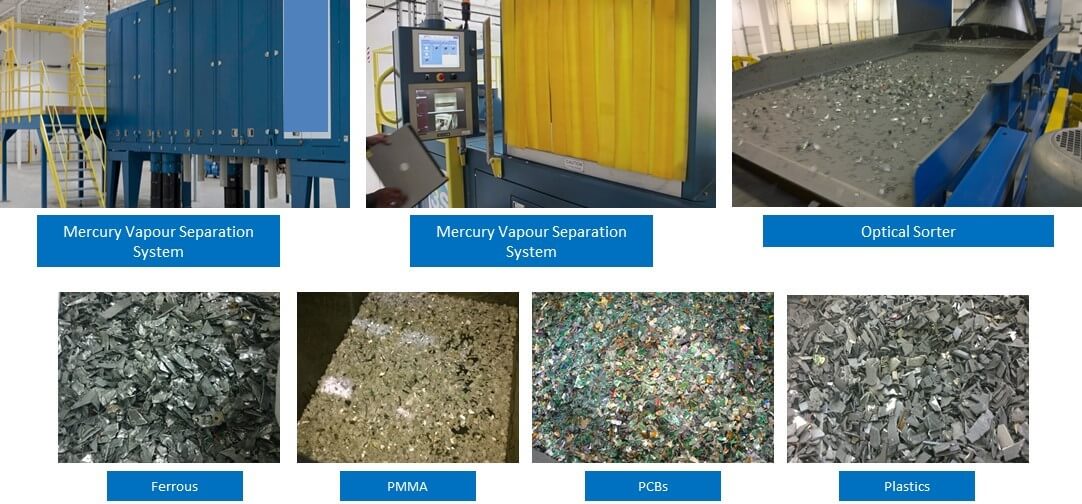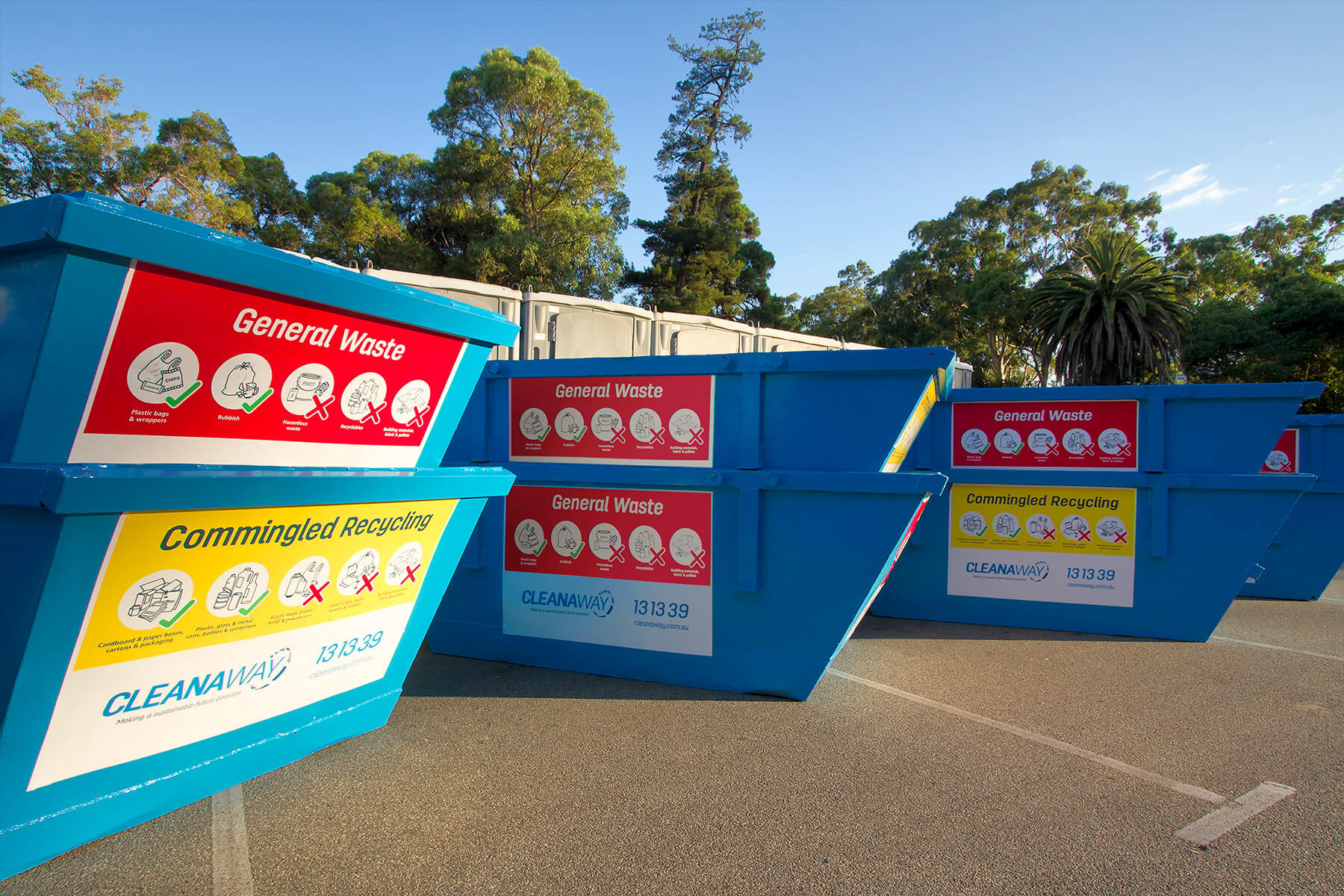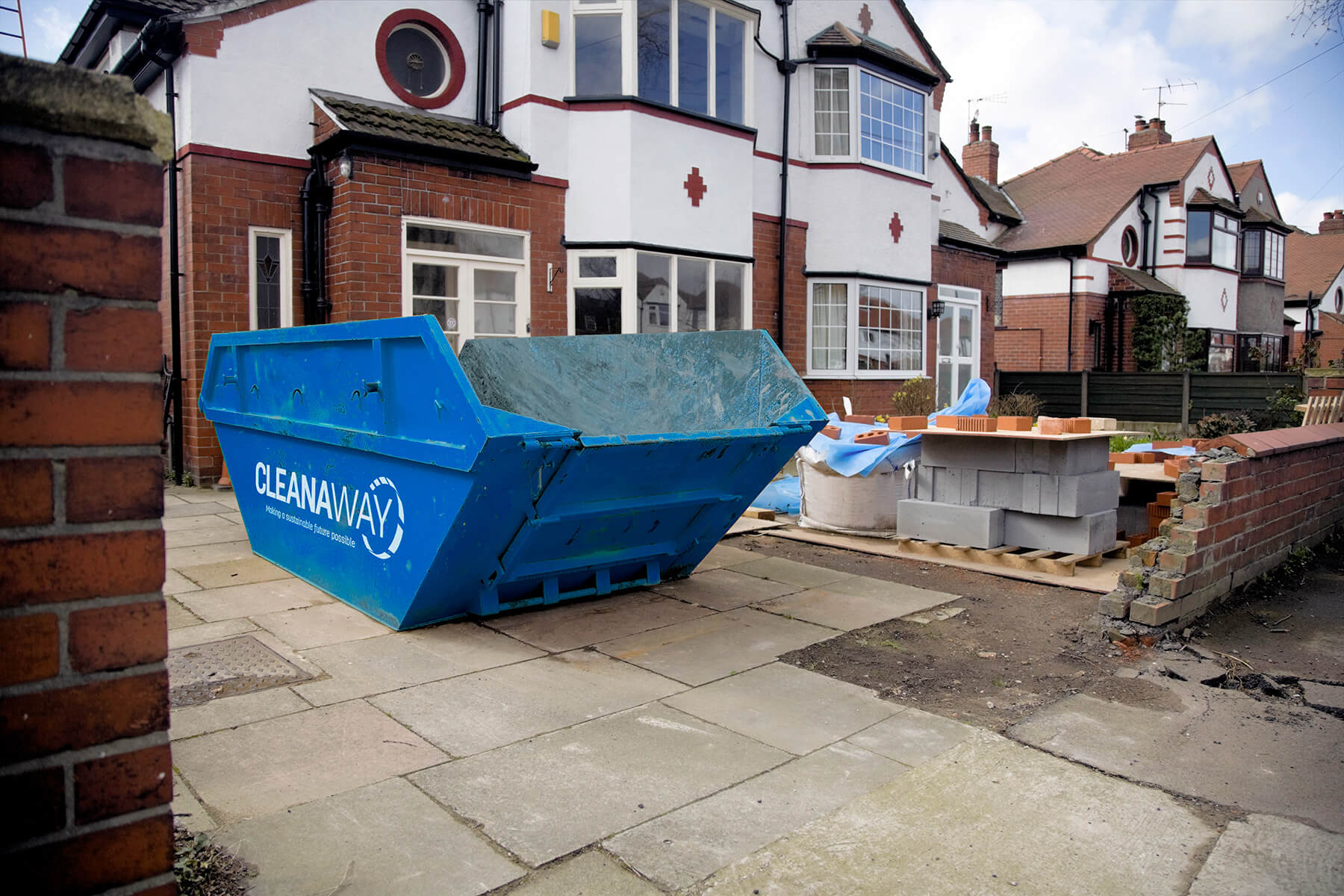Manny Manatakis, our very own Sustainability Solutions Specialist, recently went the extra mile – completing a food waste tour around Australia for one of Cleanaway’s major customers. We sat down with him to talk about food waste and how businesses can use waste audits to drive change and better improve sustainability.
1. At our Cleanaway office, you’re regarded as a hero of sorts – completing a non-stop, five-week waste audit tour around Australia! Tell us a bit about your role, and what it means to be a Sustainable Solutions Specialist?
I help customers achieve their sustainability goals by increasing landfill diversion and resource recovery, and an important part of this role is understanding what’s in their bin.

2. What is a waste audit and why do we do them?
A waste audit is an analysis of what’s in your bin. It’s important to know what’s exactly in your bin to figure out what the right solutions are to your waste problems. For example, you may think your general waste bill is high because you have a lot of waste, but actually it’s being weighed down by wet, food waste that could be diverted to an organics service.
I perform waste audits for some of our national customers. After studying their waste profiles, we then take a step back to develop a strategy for achieving sustainability goals together over time.
3. Should all businesses perform waste audits?
It’s a good idea for businesses to do a waste audit every six to 12 months. The more progressive organisations that want to drive change and achieve goals are usually very keen on this and looking for diversion opportunities. Other businesses may be looking for ways to reduce the cost of their general waste bin.
4. How can businesses benefit from waste audits?
When you choose to perform a waste analysis for your business, you’d be surprised to learn which things should never end up in your bins, and sometimes these things can be worth a lot of money. By correcting that, businesses can increase profitability.
An example that is actually a global challenge is incorrect stock management, or lack of proper shelf rotation of products like eggs. Perfectly good eggs end up being binned because they expire at the back of the shelf, when simple stock rotation practices would have positioned the newest stock at the back, moving it forward as the older stock is sold. Having waste audits performed can help determine or enforce best stock practices and reduce waste.
5. You’ve just completed an epic tour around Australia visiting 98 sites in just five weeks. What were some of the challenges you faced?
As is often the case, communication was a challenge. It’s essential to connect with team members to see if everyone is achieving their daily goals. And when we did that with good discipline, the project ran smoothly.
6. What was the most interesting find during your waste adventure?
Counterfeit money – which was unusual. Within minutes of discovering the cash, we realised it was counterfeit and reported it to the authorities.
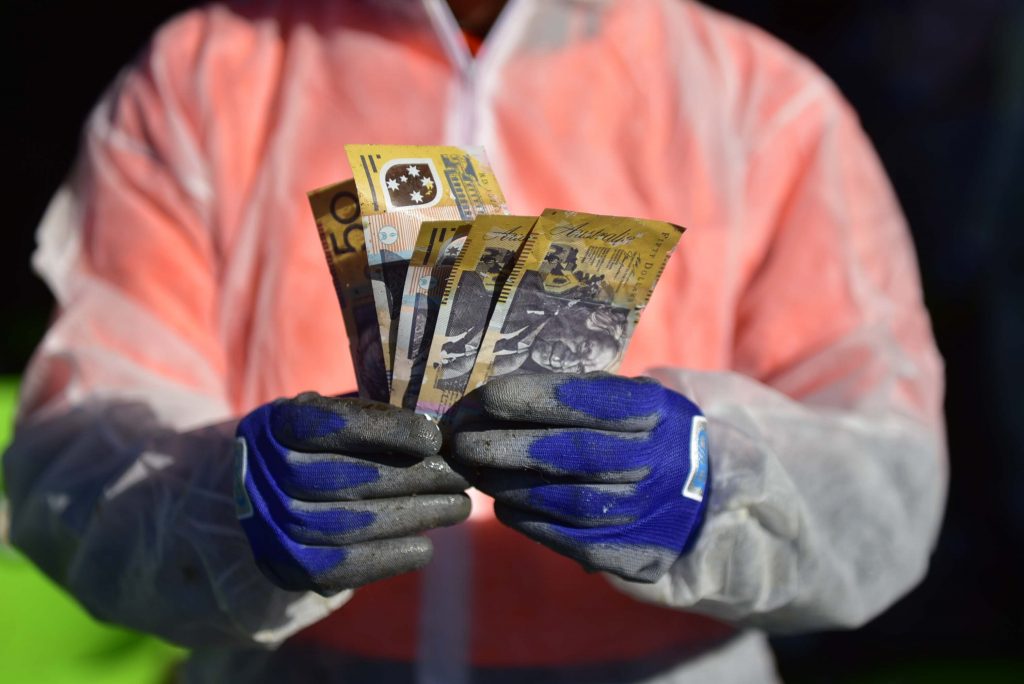
7. So, what happens post-waste audit?
In many instances, besides providing the outcome of the analysis, we take thousands of photos during the audit as evidence of what was in the bins. We send the customer the photos along with a complete waste audit report and explain the situation and what actions can be taken to reduce waste.
8. What are some of the concerns businesses have when it comes to eradicating food waste and achieving sustainability?
They are disheartened with all the wasted food and want to understand why it’s happening. Our waste audits help shed some light on why certain items have found their way into the bins. Companies appreciate that knowledge, and they get insight into possible reasons for how it happened.
I believe that if you want to drive change and get people engaged in reducing waste, they need to understand the hows and whys behind wasteful behaviours.
9. What can businesses do with their waste audit findings?
When we provide organisations with solid data, this helps drive change at the root of the problem. After performing waste audits for businesses and highlighting certain items that do not belong, we are glad to report that these items do start to disappear from bins, and we know this from conducting ongoing audits.
For example, in one of the waste audits we performed for a wine and spirits business, we found a slab of beer bottles thrown out even though only three bottles were broken. After highlighting this, we never found another good bottle of beer in the bins again.
In another instance, our waste audit for a store revealed multiple 25-kilogram bags of flour being binned regularly. An investigation revealed the packaging was being damaged in transit which led to some swift changes. This particular issue never surfaced again.
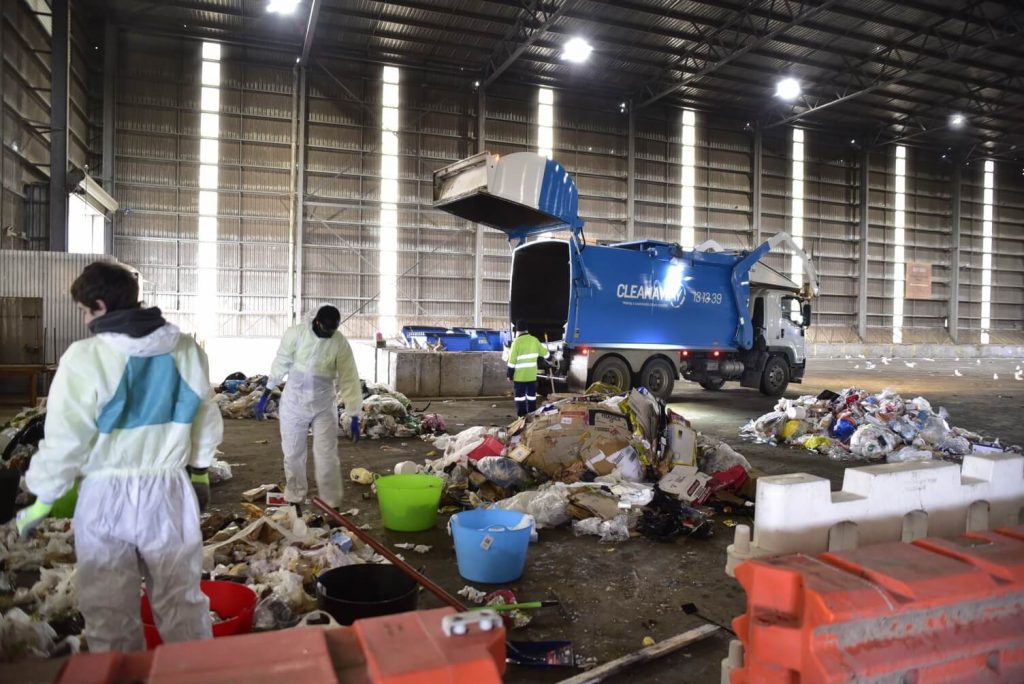
10. How often should waste audits be performed?
They are done periodically – at least once a year – sometimes more depending on seasonal peaks, but we recommend performing audits at the same time each year. With periodic audits, improvements in the business are very visible – once they know what’s in their bins, they can start making improvements right away.
11. Can businesses do their own waste audits?
I would not encourage businesses to do their own waste audits. You never know what you’ll find, and it can be dangerous going through the bins. Working with Cleanaway means you can ensure it is done safely and that results offer real value for change.
12. Any last thoughts you’d like to share?
Conducting waste audits is a dirty, hands-on activity. It is stinky and difficult, but when customers implement recommendations and drive change, it is highly motivating so I don’t mind five weeks of audits and wading about in waste. As long as I know they’re using the results to work towards a sustainable future, that’s a reward in itself.
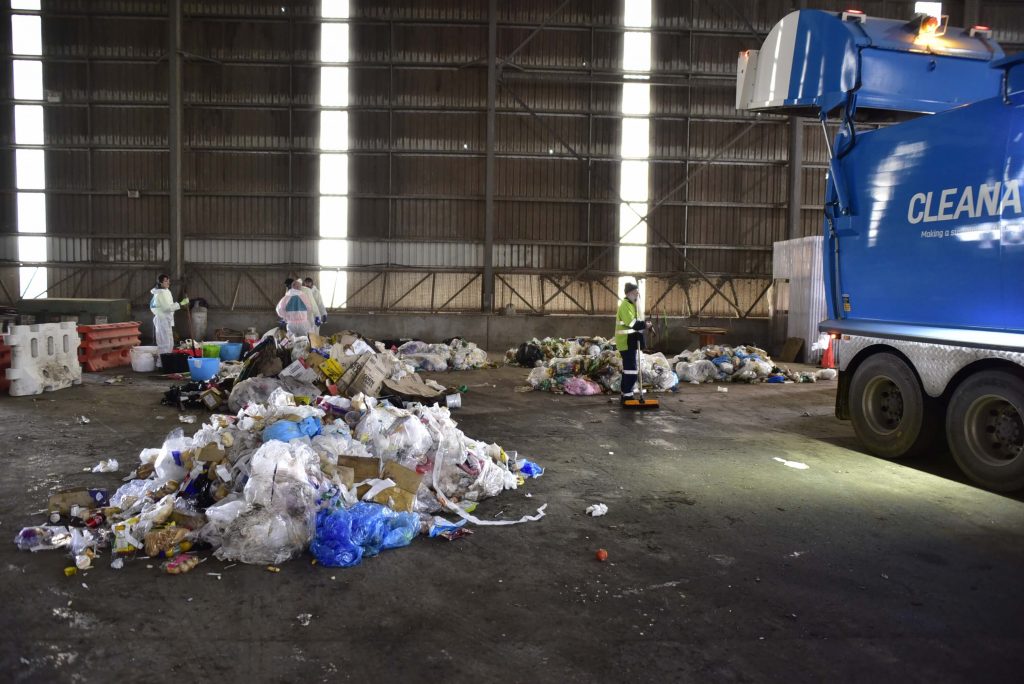
For more information about the different waste streams like food, cardboard and e-waste, and to learn how to put your business waste in its place, read this article.
Contact us to learn more about our how we can help you in your journey towards sustainability – whether you’re at home, in the office or at play.
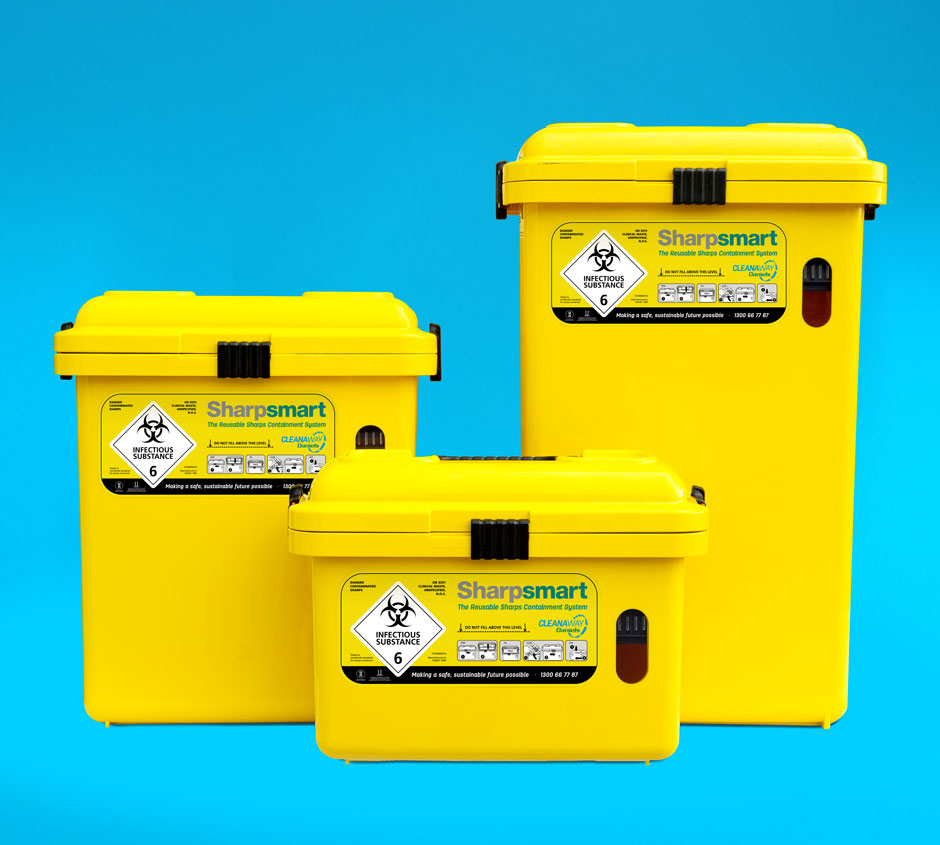
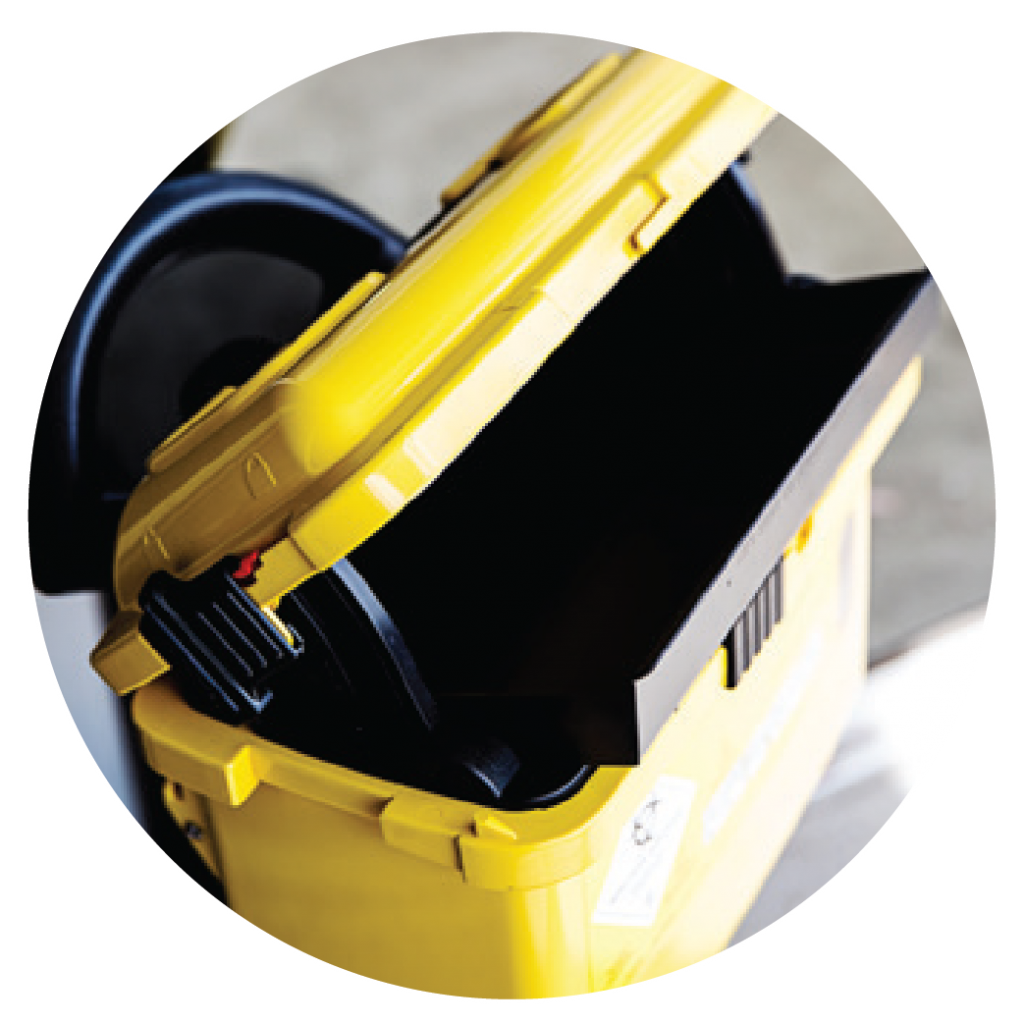 Wide opening
Wide opening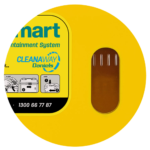 Check contents level
Check contents level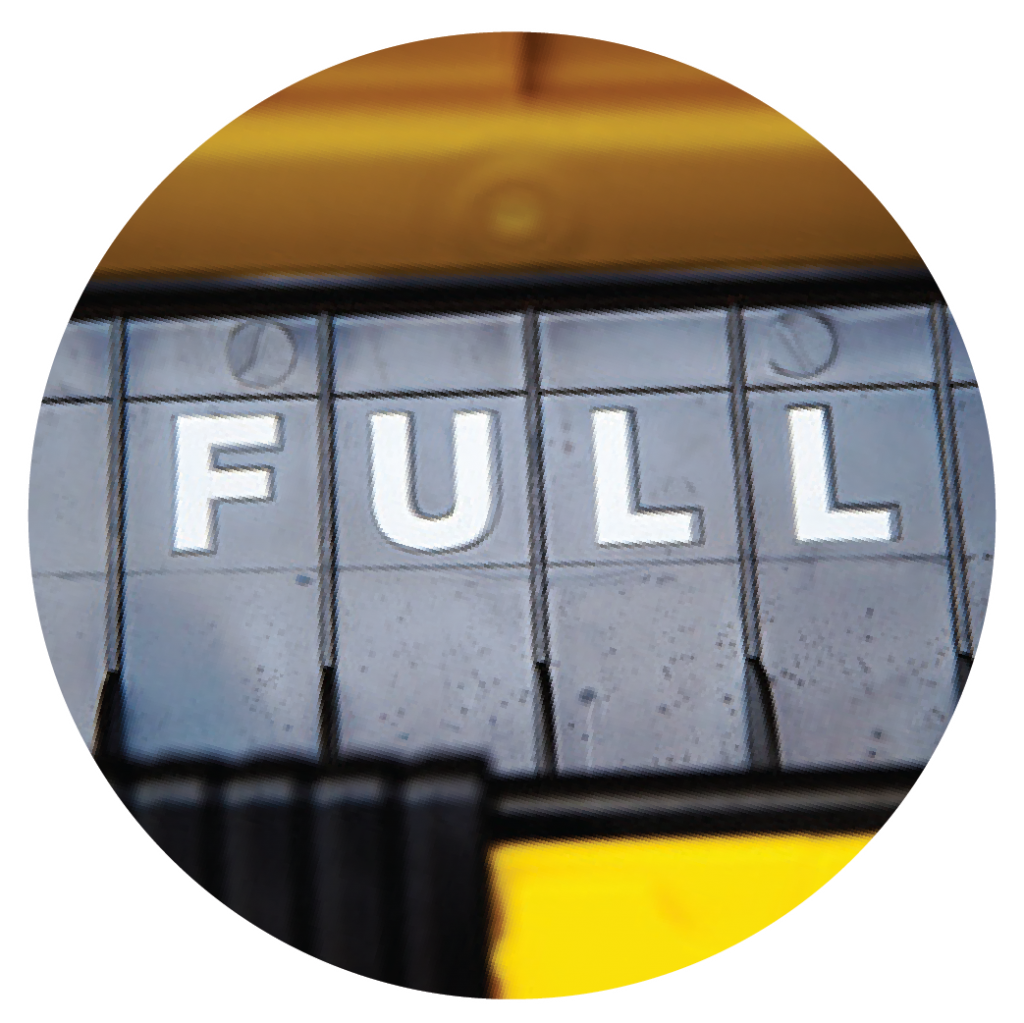 Eliminates overfilling
Eliminates overfilling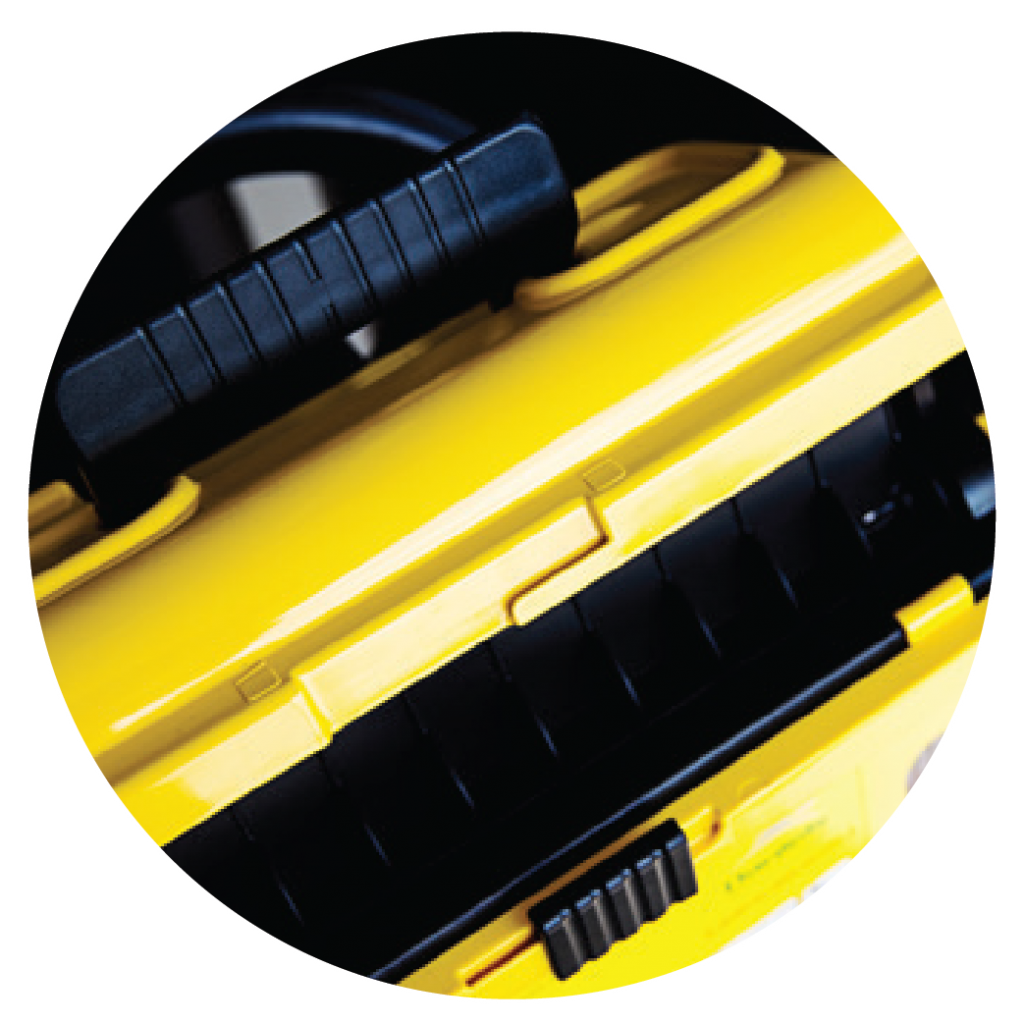 Maximum strength hardened plastic
Maximum strength hardened plastic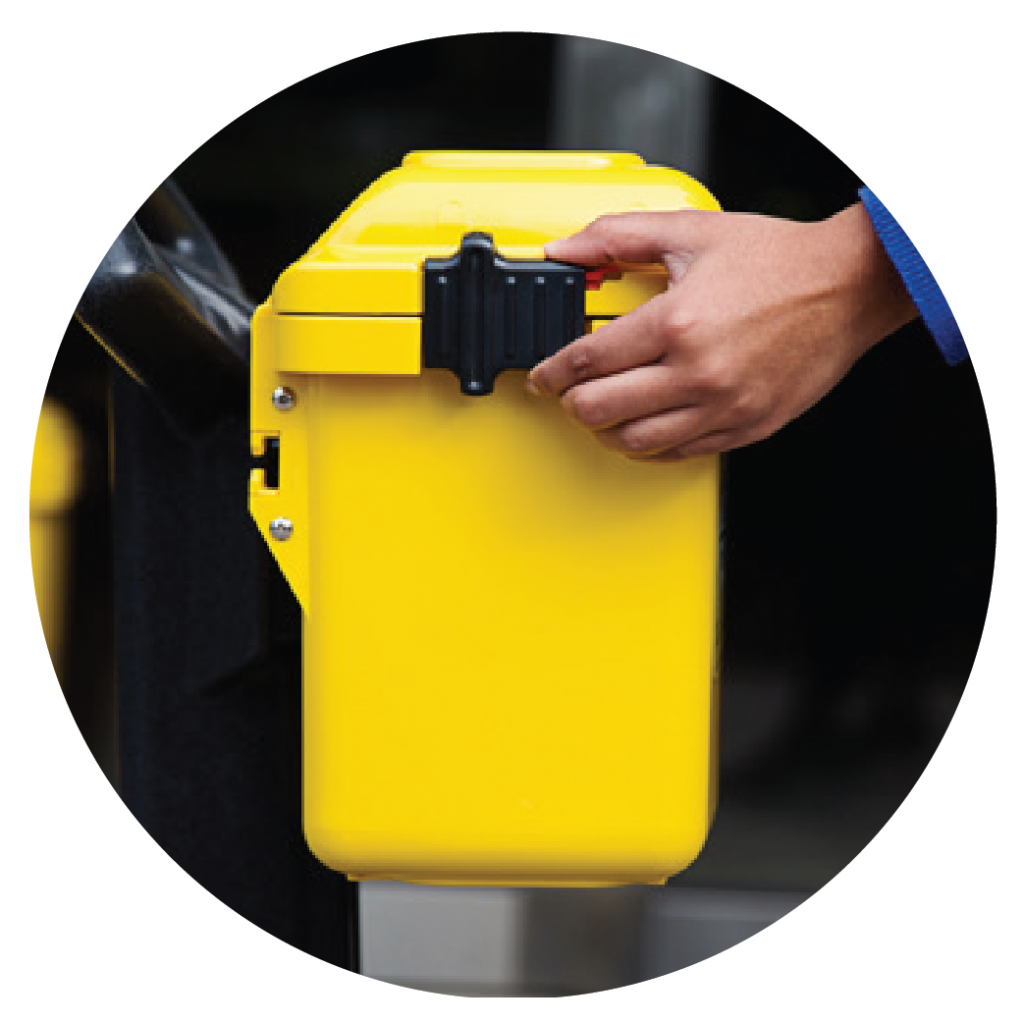 Cannot be reopened
Cannot be reopened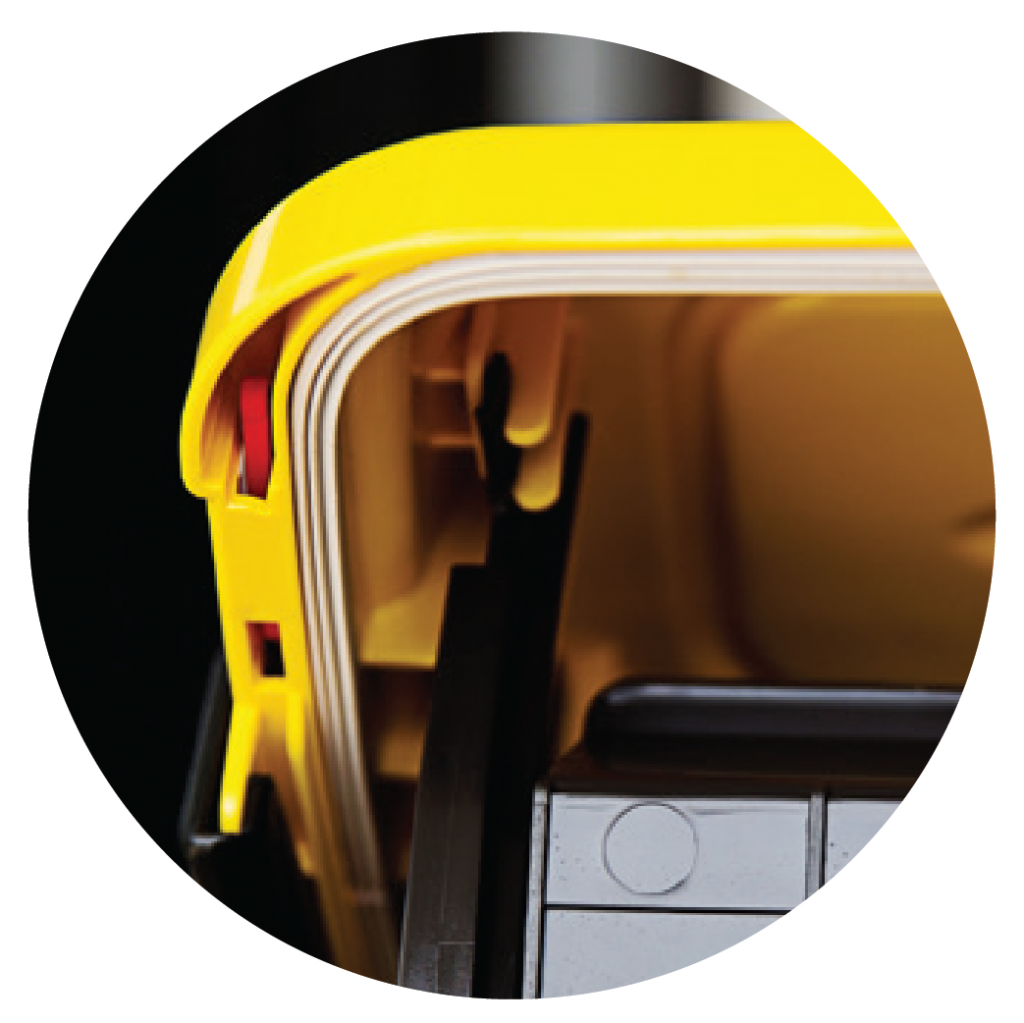 No leaks
No leaks